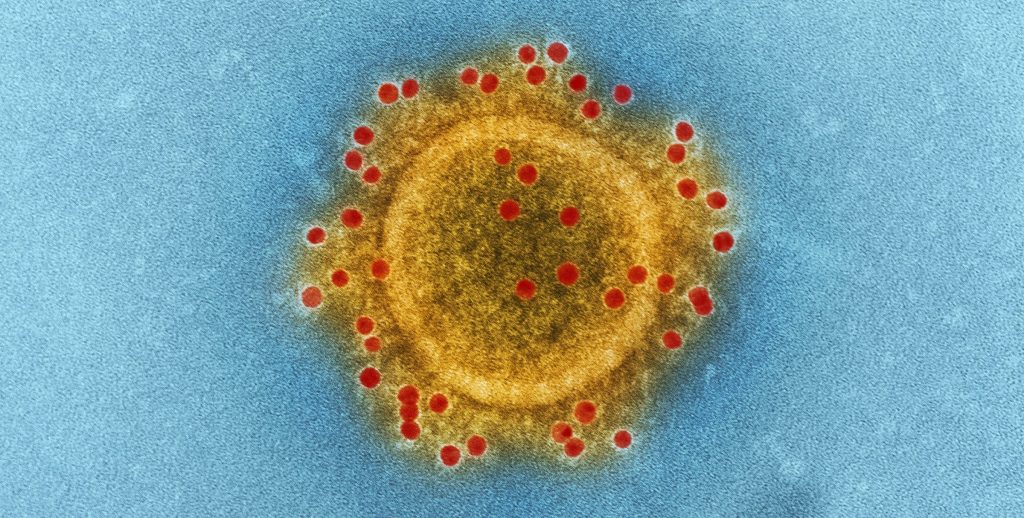Scientists understanding of HIV coating could lead to cure
A super computer called “Blue Waters” has been successfully programmed – by a research team for the University of Pittsburgh School of Medicine – to reveal “seams” in the HIV protein casing known as the capsid. This capsid holds the DNA of the protein, and is strong enough to survive without a host cell but also malleable to the extent it can break when the virus infects a cell to allow for reprogramming of the host.

The University of Pittsburgh study completely maps the chemical makeup of the capsid for the first time, and researchers are hoping it will be the key to successfully attacking the HIV capsid, and therefore the HIV virus itself.
“HIV’s capsid is stable enough to protect the virus’ essential components, but it also has to disassociate once it enters the cell,” says Peijun Zhang, one of the authors of the study. “Understanding the interface by which it disassociates is important to developing new therapies.”
Therapies being pursued mainly work on the premises of making the capsid “hyperstable” so it cannot break and reprogramme cells, or so unstable the virus would be destroyed before any damage could be done. The “three-helix bundle” found within the capsid is seen as promising, as Zhang says “a single amino acid change will lead to the breakdown of it.”
Targeting the virus itself is difficult, as most antiretroviral drugs are rendered obsolete once the virus has adapted and mutated. Researchers believe that by attacking the capsid itself, the virus is less likely to develop resistance.
This incredible breakthrough could revolutionise HIV treatment, but however HIV is treated; the earlier it is detected, the more effective the treatment is. Better2Know has three HIV tests (depending on the location) to suit your needs, so if you are worried that you may have exposed yourself to the virus then we can help.
Categories
- Awards
- Bacterial Vaginosis
- Blood Tests
- Cervical Cancer
- Chlamydia
- Condoms
- Covid-19
- Gardnerella
- Genital Warts
- Gonorrhoea
- Health and Wellness
- Hepatitis A
- Hepatitis B
- Hepatitis C
- Herpes
- HIV
- HIV (AIDS)
- Home Testing
- HPV
- Instant Testing
- MSM
- Mycoplasma
- News
- Non-Specific Urethritis
- PAP Smear
- Pre-Pregnancy
- Sexual Health
- STD Symptoms
- STD Tests and Screens
- STI Transmission
- Stigma
- STIs
- Swab Tests
- Syphilis
- Trichomonas
- Ureaplasma
- WSW
- Zika
